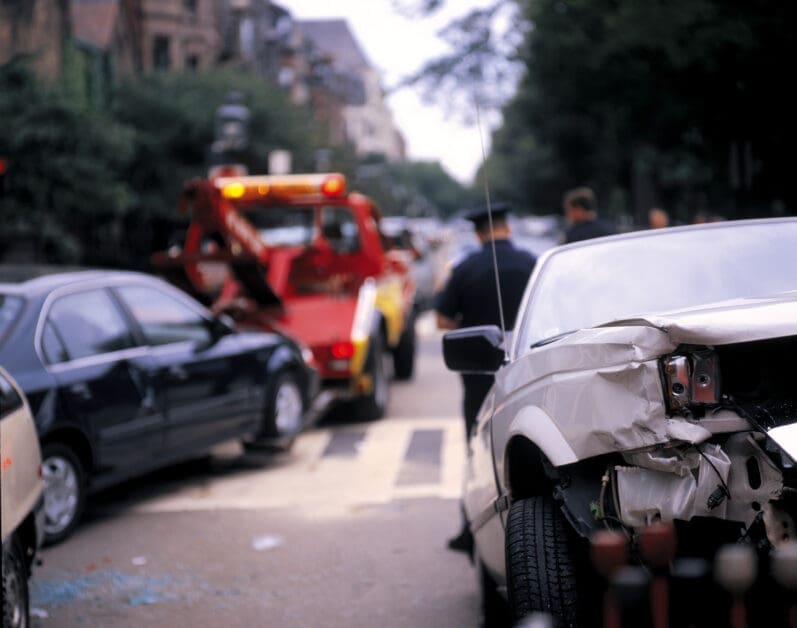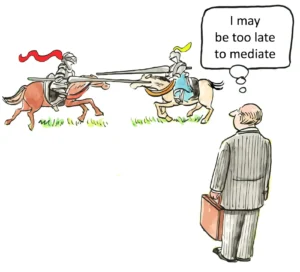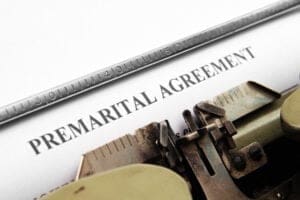How Can Location Help Determine Who is at Fault in a Car Accident?
One of the many questions that arises immediately after a car accident is, “Who is at fault for the accident?” Determining fault in a car accident is essential because that is the basis upon which victims can bring a claim. When you identify the at-fault party, you can claim damages against them for their actions against you. Interestingly, location plays a key role in determining fault and bringing an accident claim. This article explains how location can help in determining who should be held liable for an accident.
Texas as a Fault-Based State for Car Accidents
Texas follows a fault-based system for car accidents, meaning that the driver responsible for causing the accident is also responsible for paying resulting damages, usually through their insurance company. “Determining fault is not always simple, especially when both drivers may share some responsibility for the accident,” says Texas car accident lawyer Felix Gonzalez of Felix Gonzalez Accident and Injury Law Firm.
Location is significant because the place where the accident occurred often provides vital clues about who broke which traffic law, who had the right of way, and who failed to exercise reasonable care.
Intersections: A Common but Complicated Location
Intersections are one of the most frequent sites of accidents, and determining fault at an intersection depends heavily on location-specific rules and regulations.
- Traffic Lights and Stop Signs: If a driver runs a red light or fails to stop at a stop sign, the location (the intersection with clear traffic control signals) provides evidence of negligence.
- Right-of-Way Rules: At four-way stops, Texas law requires drivers to yield to the vehicle that arrives first. If two vehicles arrive at a stop together, the driver on the left is expected to yield to the one on the right. The specific location of the vehicles matters greatly in assigning fault.
Intersections often have traffic cameras, police patrols, and multiple witnesses; as such, they provide rich evidence tied directly to the location.
Highways and Multi-Lane Roads
High-speed collisions on highways often raise questions of lane discipline, speed limits, and merging behavior. The location of impact, whether it occurred in a merging lane, on the shoulder, or at a designated exit, provides important clues.
- Rear-End Collisions: On highways, the driver who rear-ends another vehicle is usually considered at fault; however, the exact location may suggest otherwise. For example, if the leading driver abruptly changed lanes without signaling, the highway context may shift fault partially to them.
- Merging and Lane Changes: When entering a highway, drivers are mandated to yield to the traffic on it and not otherwise. If a collision happens at the point of merging, the location shows whether the entering driver failed to yield.
- Construction Zones: Texas law imposes strict rules in construction zones. If an accident occurs there, the fault may be more severe, especially if a driver ignored reduced speed limits or signage.
Parking Lots and Private Property
Not all accidents happen on public roads; some may happen on private properties. Parking lots, for example, are notorious for fender-benders. Determining fault in this case relies on private property rules and general negligence standards.
- Lanes in Parking Lots: Drivers in moving lanes usually have the right of way over those exiting parking spaces. The location within the lot clarifies who had the duty to yield.
- Private Driveways: If a driver backs out of a driveway onto a public road, Texas law generally holds the driver responsible. The location makes it clear who was entering and who already had the right of way.
Although police reports may be less common on private property, location remains central to piecing together liability.
Conclusion
Where a car accident happens is vital if you want to identify who is at fault and bring a claim against them for damages suffered. Considering the complexity of intersections can bring some confusion, you may want to consult a Texas personal injury attorney for clarity. They can help you factor in the accident’s location, determine fault, prepare a comprehensive case for you, and work to get you adequate compensation.













